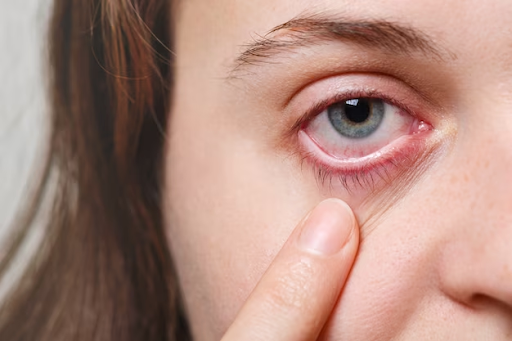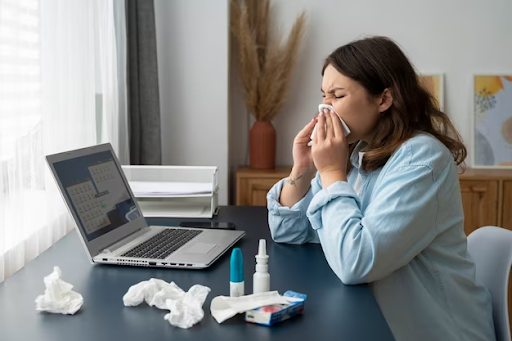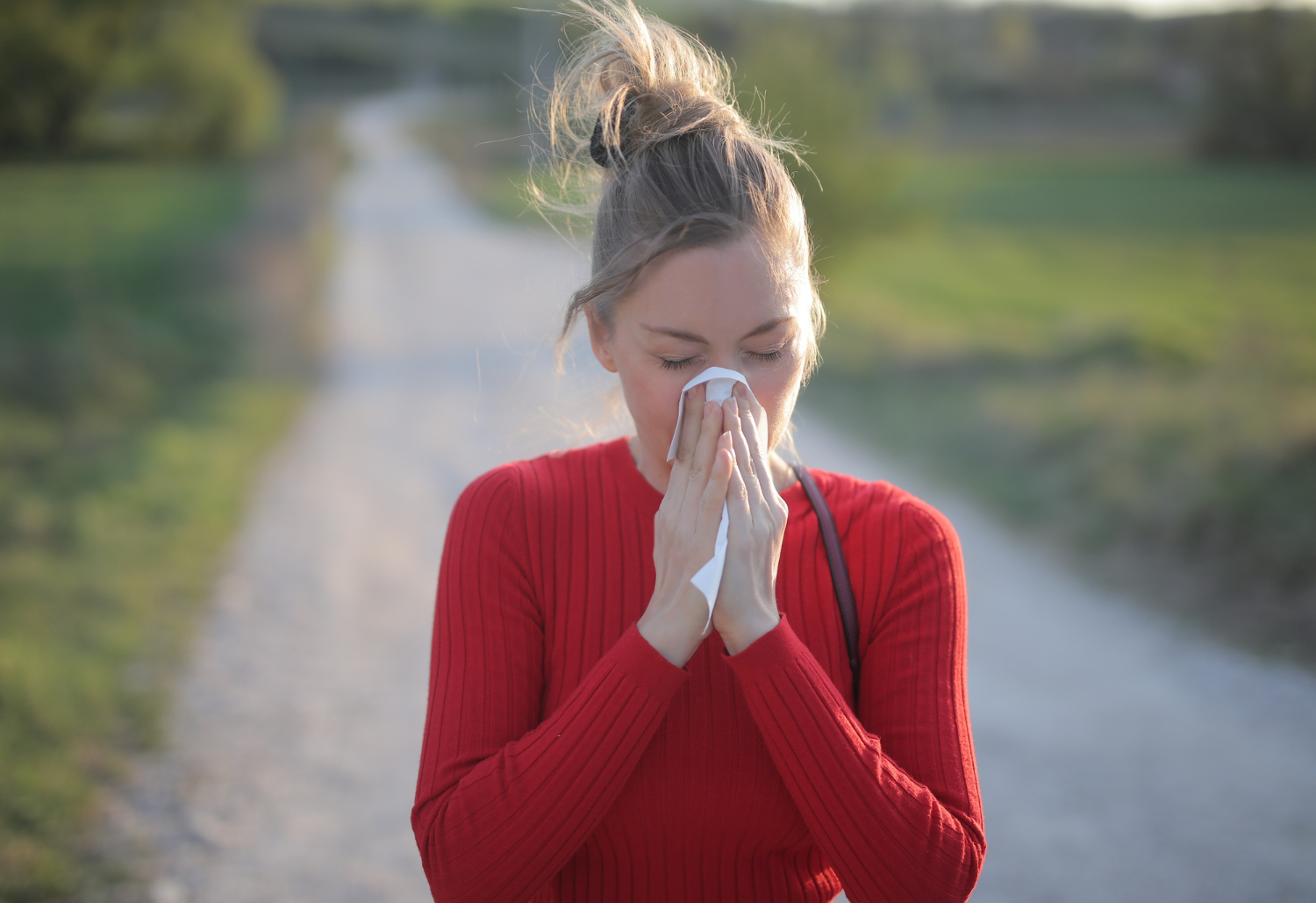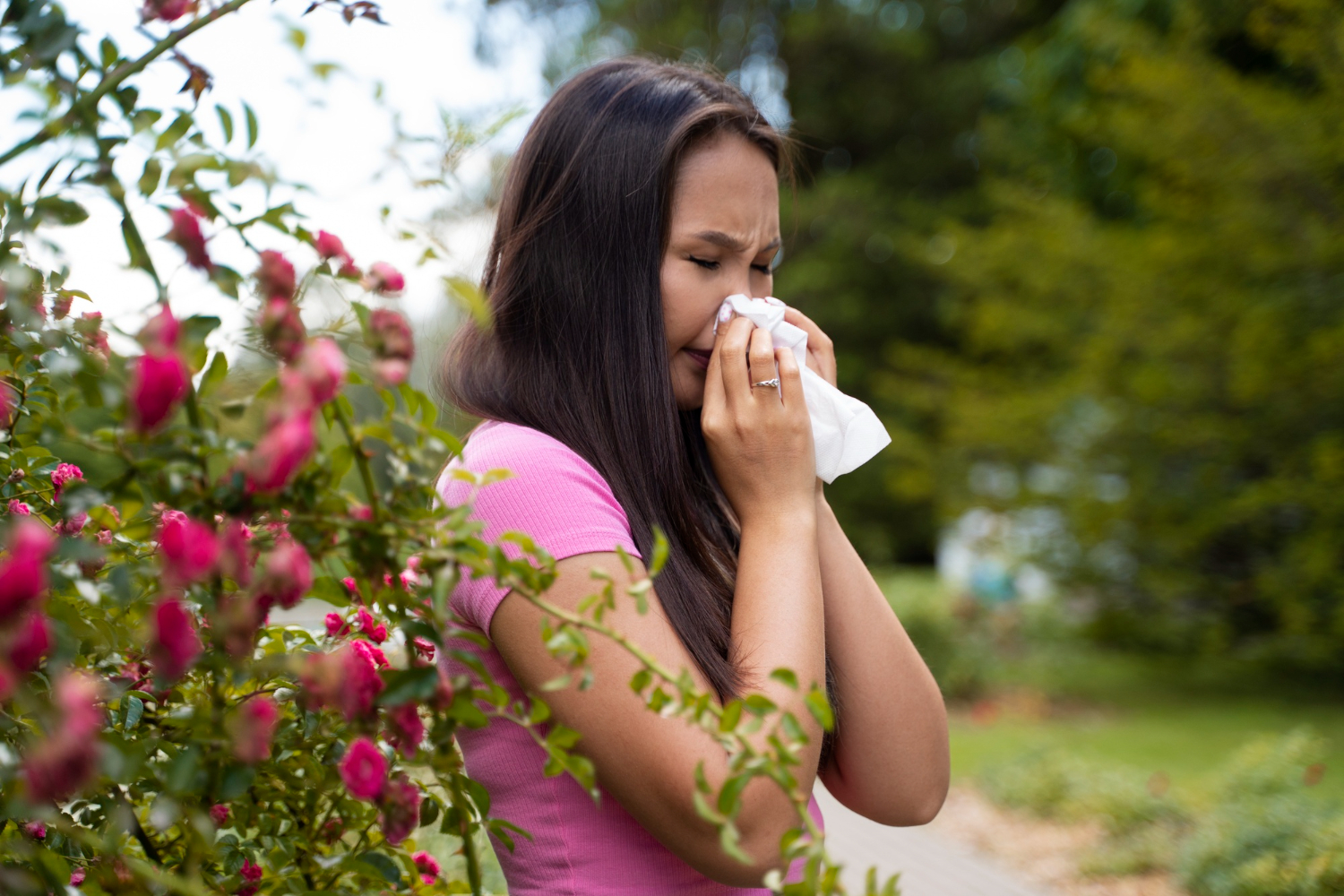
Cedar Allergy Symptoms
South and Central Texas residents experience the annual onset of Cedar Fever symptoms during this time, as mountain cedar trees produce the pollen that triggers the allergy.
Mountain cedar is a Juniper tree resistant to drought and thrives in the Texas region. Unlike other trees whose pollen gets released in springtime, Junipers get triggered in the cooler weather.
In this blog, we will help you identify cedar fever symptoms and how Frontier Allergist helps you to combat the symptoms.
Symptoms of Cedar Allergy
Cedar allergies may show similar symptoms to other allergies from pollen. If you think you may be allergic to cedar, watch out for the following symptoms:
- Itchy, watery eyes
One of the most distinctive symptoms of cedar fever is intense itchiness in the eyes, accompanied by redness and wateriness. For many people, the burning sensation is so extreme that it causes their eyes to swell shut.
- Sneezing
The irritating symptom of Cedar Fever is sneezing, and it can last for over a week. Sneezing is a very annoying symptom and can be bad for your health.
- Runny nose
A cedar allergy causes nasal and sinus mucous membrane swelling. The high pollen counts cause a severe runny nose. Although having a runny nose is not life-threatening, it can cause severe discomfort and disrupt daily routine.
- Nasal congestion
The swelling caused by the allergy can block off the nasal passages, causing increased mucus. This also makes breathing through the nose more challenging.
- Itchy throat
Individuals with a cedar pollen allergy might encounter an itchy or sore throat, which can result from inflammation, postnasal drip, or a combination of both.
- Coughing or wheezing
In individuals with cedar allergies, the immune system reacts to cedar pollen by triggering coughing or wheezing as a defensive response. This respiratory reaction is a result of the body’s attempt to fend off the perceived threat from the allergen.
- Headaches/dizziness
When you have a runny nose and nasal congestion, it can lead to a headache. This is because the congestion puts pressure on your sinuses, which can cause pain.
- Sinus pain, pressure, or congestion
An inflamed or swollen membrane around the nasal passages is the leading cause of sinus pressure. This pressure can cause a lot of discomfort, including congestion and pain.
- Rashes on the skin
While a runny nose and itchy eyes are more common symptoms of cedar allergies, did you know that a rash is also a possible symptom? The same allergens that cause sneezing and watery eyes can also cause itchy, red, inflamed bumps or welts across the skin.
If you notice any of these symptoms after being around Cedar, consider seeing an allergist and get proper treatment.

Next Steps
Avoiding exposure to cedar pollen and seeking medical advice for severe symptoms are also essential measures. Here’s how you can avoid exposure to cedar pollen-
- Stay indoors during pollen times and limit your outdoor activities, especially during early morning and evening when cedar pollen levels are typically high.
- Use air purifiers like HEPA filters to reduce airborne cedar pollen.
- Keep your windows and doors closed to prevent pollen from entering your living spaces.
- Stay informed about daily pollen counts, and plan outdoor activities when cedar pollen levels are lower.
- When outdoors, use sunglasses to protect your eyes and hats to prevent pollen from settling in your hair.
- Change clothes and shower after spending time outdoors to remove pollen from your body and hair.
- Invest in pillow and mattress covers designed to block allergens, including cedar pollen.
- If you have pets, clean them regularly to prevent them from bringing pollen indoors on their fur.
- Keep car windows closed when driving to avoid exposure to pollen while on the road.
- Seek advice from an allergist for personalized strategies and possible allergy medications to manage symptoms effectively.
At Frontier Allergy, our seasoned team is adept at providing efficient assistance for your allergy concerns. To treat cedar tree allergies, we offer antihistamines for symptom relief, nasal corticosteroids to reduce inflammation, and decongestants for congestion.
From testing to consultation and giving you multiple options for treatments, we are here to help you through this rough patch. If you have any questions regarding our therapy, don’t hesitate to contact us.
For more information, write to us at clinic@frontierallergist.com

Written/Reviewed by: Dr. Neha Reshamwala
NPI number: 1780874578
Page last reviewed:


 All blog posts
All blog posts





